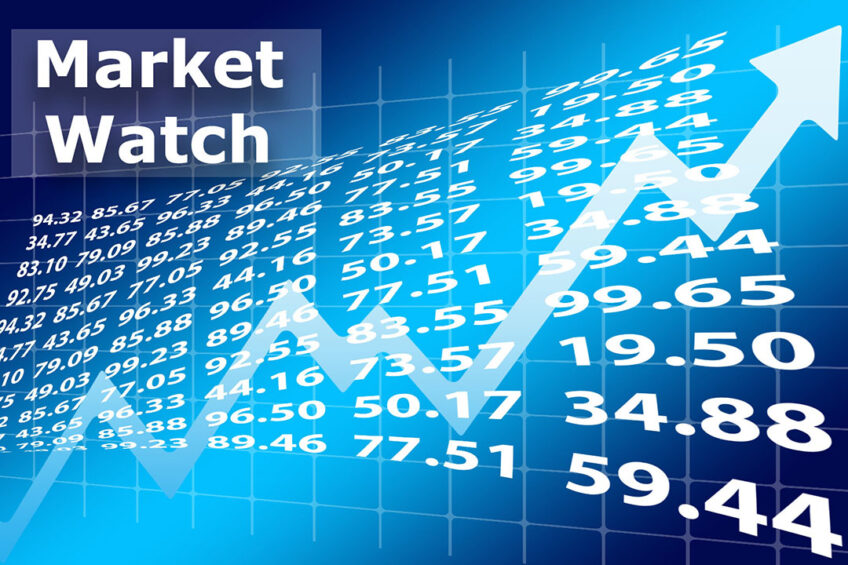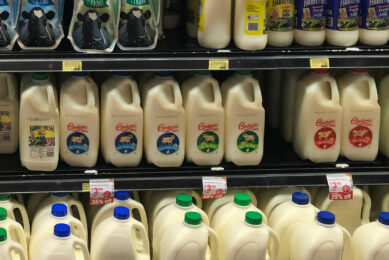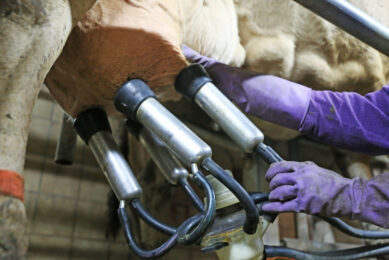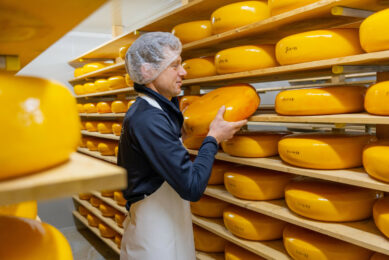Australian dairy at a critical juncture

The Australian dairy industry is at a critical juncture, according to a new Rabobank report. Expanding national milk production will be vital for the future success of Australia’s dairy industry, says senior dairy analyst, Michael Harvey.
Recent record-breaking profitability in the sector is offering a solid footing to reboot much-needed growth in milk production, says the report. “Over the past decade, Australia’s dairy sector has experienced a remarkable turnaround, underpinned by favourable seasonal conditions, high farmgate pricing and a shift in the balance of power within the supply chain with increasing competition for milk supply.”
Harvey says that in recent years the Australian dairy sector had navigated a perfect storm of widespread drought, isolated bushfires and floods – all coupled with a severe global market and unprecedented industry disruption and instability. “This turmoil resulted in a squeeze on the profit pool and a drop in milk solids produced. It also zapped farmer confidence.”
Right now, the report says, the dairy industry finds itself on a solid footing, with record-breaking profitability for many. However, Harvey emphasises, while some recovery in national milk production has been underway, so far the milk supply response has underwhelmed initial expectations.
Headroom for growth in Asia
The Australian dairy supply chain processed 8.86 billion litres of milk in the 2020/2021 season, which is 950 million litres less than in 2014/2015.
Harvey says expanding Australia’s national milk supply is essential to the growth prospects of the Australian dairy industry. “In contrast to the local market, key dairy export markets have considerable headroom for growth in the coming decade, particularly in emerging Asia,” he points out.
However, without sufficient milk supply growth, the Australian sector will face challenges penetrating growth markets offshore, the report says.
“A vibrant industry requires a strong presence in growing export markets and being able to fully leverage existing access to Asian supply chains.”
The report says that if the current strong run of healthy farm profitability, elevated investment ambition and positive investment outlook do not result in some well-executed long-term investments, it will be a missed opportunity for the industry in reigniting growth.
Import deficit of ASEAN-6 nations
The combined dairy import deficit of the ASEAN-6 nations (Indonesia, Malaysia, the Philippines, Singapore, Thailand and Vietnam) is one of the largest in the world, and growing. According to another Rabobank report, it will reach close to 19 billion litres (liquid milk equivalent) by 2030, up from an estimated 12.9 billion litres in 2020.
If this happens, dairy imports in the region will be eclipsing that of China, the world’s single-largest dairy importer. In China the annual milk deficit is forecast to reach 15 billion litres in 2030 (from an estimated 10.2 billion in 2020).
A new free trade deal of New Zealand with the UK will see all tariffs removed from dairy products, New Zealand’s largest export commodity. UK agreed to the removal of tariffs on all products over 5 years or less. There will be transitional quotas for butter and cheese.
“…a historic outcome for New Zealand.”
Fonterra’s CE, Miles Hurrell, says the trade deal creates opportunities for dairy exporters. “This is a historic outcome for New Zealand. The UK is the second-largest importer of dairy by value, with customers and consumers in high-value market segments who are willing to pay for New Zealand provenance, our sustainability credentials and our innovation.” According to the Dairy Companies Association of NZ, the agreement will provide a long-awaited level playing field for New Zealand dairy exports to the UK market.
Global dairy prices surged again at the Global Dairy Trade auction on 19 October, with a 2.2% increase. There were increases in all commodity groups. Lactose went up 5.9% to US$1,258/tonne. Butter went up 4.7% to US$5,111/tonne. Cheddar was up 2.9%, skim milk powder was up 2.5% and whole milk powder was up 1.5%.










